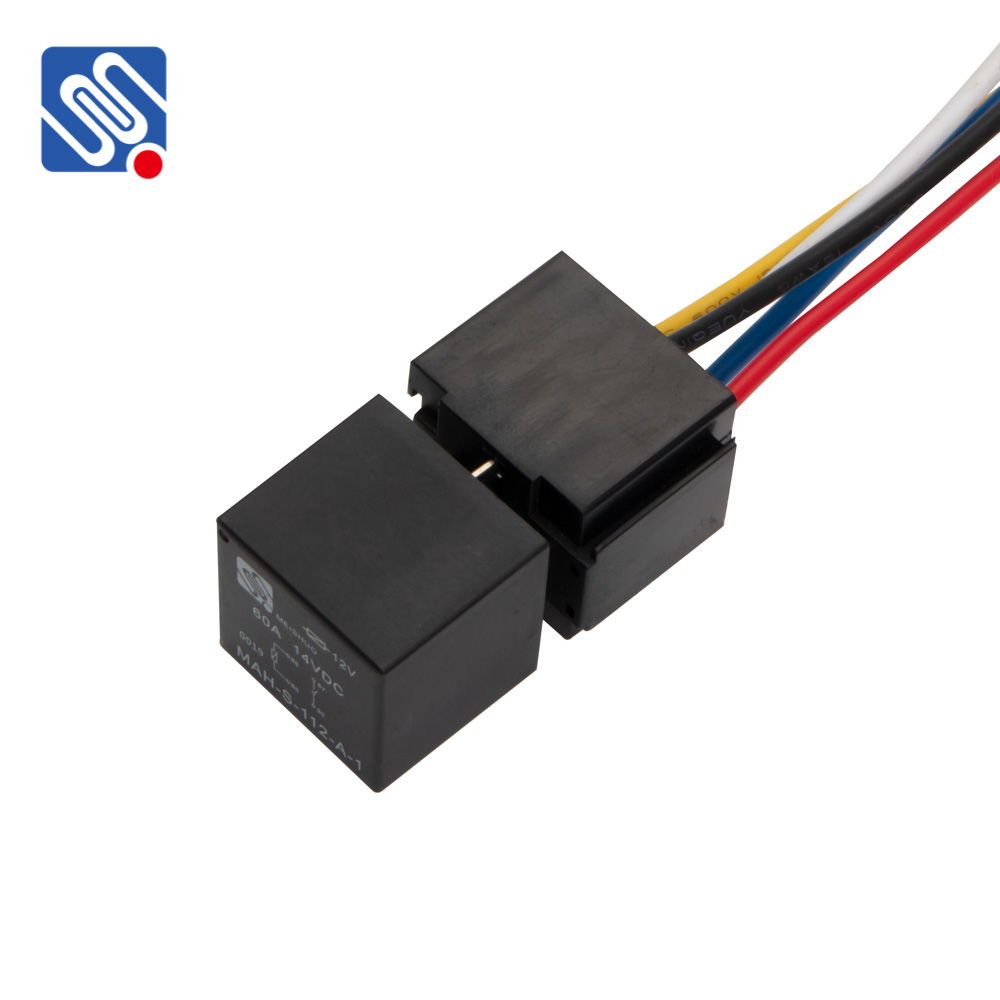Relays are vital components in modern electronic systems, allowing low-power signals to control high-power circuits. Among the different types of relays, the 12V 40A Relay stands out due to its powerful capabilities and versatile applications. This article explores the features, working principles, and common uses of the 12V 40A Relay, providing insights into why it is a preferred choice in various industries.

What is a 12V 40A Relay? A 12V 40A Relay is an electrical device designed to switch a high-power circuit on or off with a low-power control signal, typically 12V. The term “40A” refers to the relay’s current-carrying capacity, meaning it can handle up to 40 amperes of electrical current. This makes the 12V 40A Relay particularly useful for controlling devices and circuits that require a high current, while still using a relatively low voltage for activation. At its core, the relay consists of an electromagnet (the coil), a set of electrical contacts, and an armature. When the 12V control signal is applied to the coil, it creates a magnetic field that pulls or pushes the armature, causing the contacts to either open or close, depending on the relay’s configuration (usually NO – normally open, or NC – normally closed).